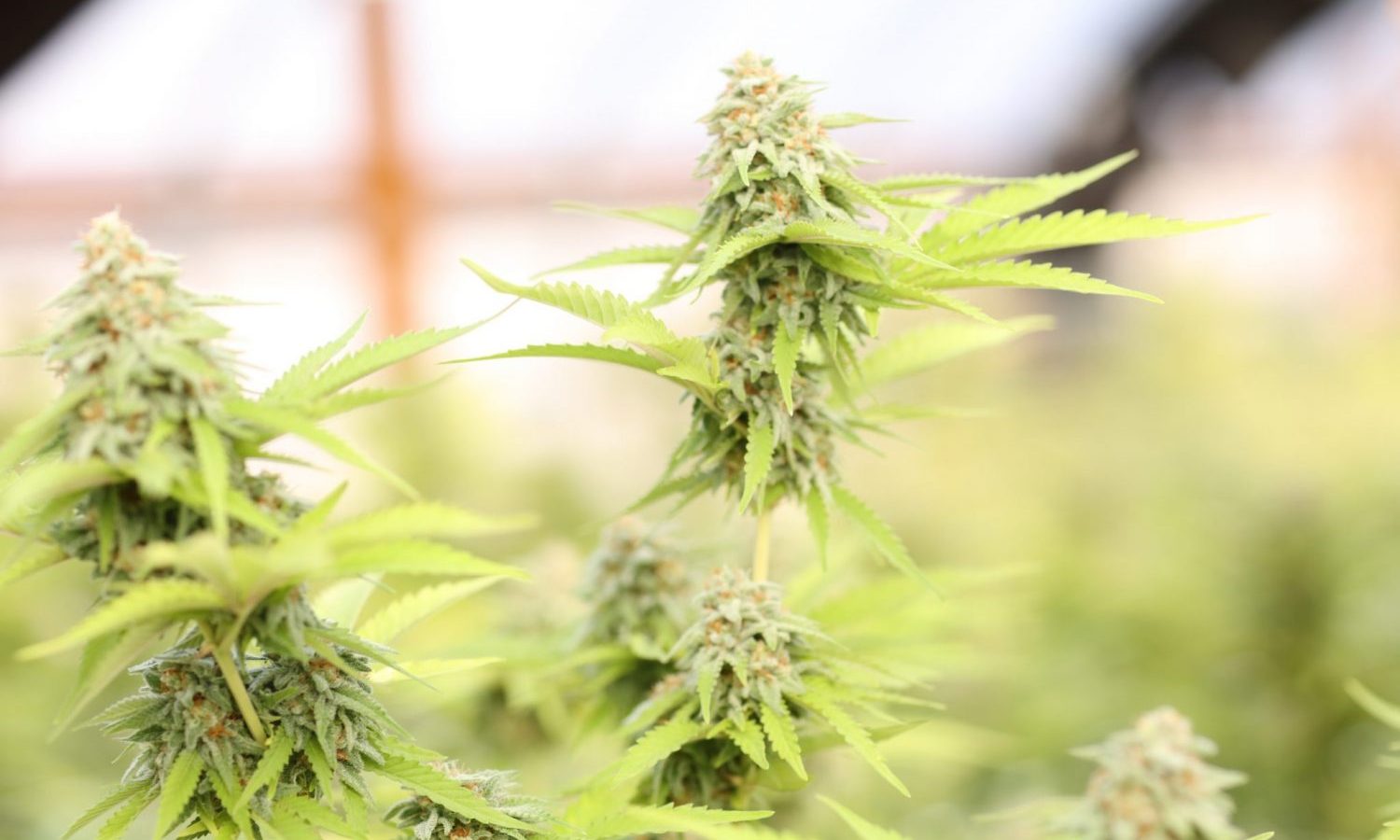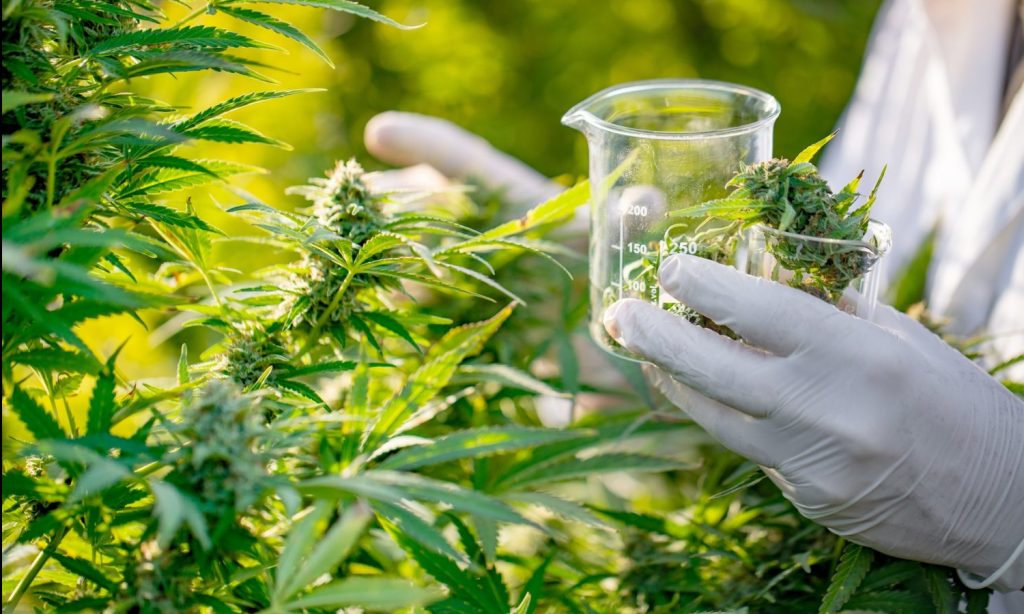
States are pushing cannabis operations to be greener
With both 420 and Earth Day (4/22) celebrated this week, there is an opportunity to look closely at the environmental impact of the cannabis industry, as well as legislative responses to these challenges.
Resource use and extraction, air and water quality, and waste management are just a few of the environmental problems facing indoor, outdoor and greenhouse cultivation. Valued at a staggering $ 61 billion, the cannabis industry is benefiting greatly from its current practices. It therefore stands to reason that the legislature should strive for tightened restrictions, environmentally friendly incentives and higher permit and license fees in order to offset some of the environmental costs of production and manufacture.
Photo by Matteo Paganelli via Unsplash
Aside from the many negative effects of illegal growers, including the use of banned insecticides, illegal water drainage and uncontrolled chemical runoff, legal practices can still have devastating effects on the environment. Soil degradation increased the strain on water and energy infrastructure systems, and emissions of carbon and volatile organic compounds from terpenes have led scientists, activists, and lawmakers to ensure that booming cannabis market profits do not come at the expense of the health of the planet.
Washington State’s Puget Sound Clear Air Agency has mandated that recreational marijuana manufacturers and processors must comply with air quality regulations after obtaining their license. This includes paying a fee for a building permit that lists odor control equipment and solvent usage information, as well as providing a top view of the facility, a schematic drawing of the HVAC system, and an environmental checklist.
RELATED: Sustainable Cannabis – How to Find It, and Why to Start Taking Care of It
In California, state-run water boards require approved producers to register water rights and follow strict guidelines that include bans on surface water diversion from April through October and irrigation with stored water during the dry season. All non-consumer waste generated by cannabis manufacturing for the manufacture of vape cartridges and pens in the state must be managed by electronics recyclers, which puts California ahead of most states in this particular practice.

The Pennsylvania Department of the Environment bans “the emission of malodorous pollutants into the outside atmosphere,” closing more than one hemp drying facility in the state while encouraging others to upgrade their generators and air washers to keep business going. Other states, such as New Jersey, have designated certain areas as protected areas, such as shellfish habitats, wetlands, and riparian zones that require special permits or permits to grow cannabis.
RELATED: How To Use Marijuana The Environmentally Friendly Ways
Colorado has city codes in Boulder that require marijuana companies to use renewable energy to offset 100% of their electricity use as part of Boulder’s Sustainability and Climate Action Plan. In addition, several Colorado local governments worked with the state to create a “Guide to Good Cannabis Environmental Practices”. However, as long as compliance with such measures is optional or very different from state to state, they are both illegal and legal. Marijuana operations will continue to hamper efforts to ensure that the cannabis boom does not spoil the environment.
This article originally appeared in the Green Market Report and was republished with permission.

Post a comment: